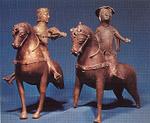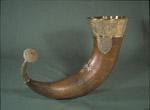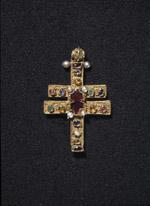Middle Ages (1000-1536)




In Denmark the term Middle Ages is used for the period from around the year 1000, when Denmark first became a Christian kingdom, until 1536, when the Lutheran Reformation defeated and replaced the Roman Catholic Church controlled by the Pope. The medieval Church played an important role on many levels of society, and this is reflected in the exhibition at the National Museum, which contains many magnificent, unique and fascinating objects associated with the Church.
ART
Applied art was extensively used in the Middle Ages. When only a few people could read, the use of images and symbols was vitally important to visualize the cohesion of society and the individual’s place in it. The Church was the medieval institution which utilised art most systematically. However, kings, noblemen, and later on the merchants and craftsmen of the towns, also used works of art to signal their power, significance and social status.
THE NOBILITY
Medieval Denmark was an agricultural country characterized by the influence of great landowning families. It was these noble landowners who undertook military service for the king but were able to control their estates without paying taxes to him. Weapons and military equipment therefore inevitably form part of the exhibition on the Middle Ages.
TOWNS AND TRADING
The Middle Ages was also a period for the towns of Denmark. It was at this time that nearly all the towns that exist in modern Denmark first appeared. They were centres for crafts and trade, and archaeological finds testify to the extensive trading connections, capable craftsmen and the colourful social life of the towns.
THE NORSE SETTLERS IN GREENLAND
A special section of the exhibition deals with the Scandinavian settlers in Greenland. The first settlers established themselves on the huge island around 980 and there were Norse settlers present in Greenland for almost 500 years. They attempted to preserve their Western European culture, as shown by their clothes, which we are familiar with from finds of preserved textiles. The reasons for the demise of the settlers in the 1400s are not known, but a worsening of the climate and faltering ship connections to Europe are likely to have been contributory factors.
More Middle Ages?
Visit the exhibition on the Danish Middle Ages and Renaissance at the National Museum in Copenhagen.
